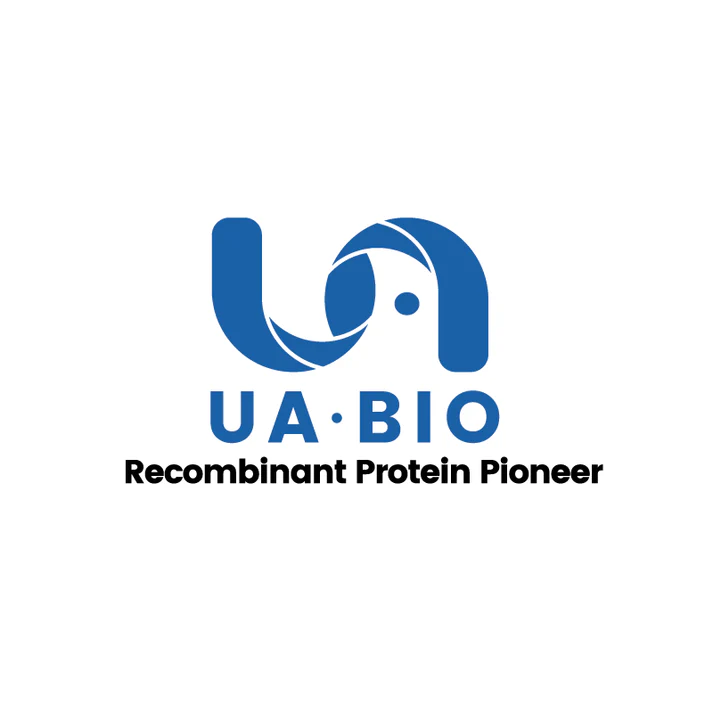2μg (R: reducing condition, N: non-reducing condition).
Product Details
Product Details
Product Specification
| Species | Human |
| Synonyms | C-C motif chemokine 7, Monocyte chemoattractant protein 3, Monocyte chemotactic protein 3 (MCP-3), NC28, Small-inducible cytokine A7 |
| Accession | Q7Z7Q8 |
| Amino Acid Sequence | Gln34-Leu109 |
| Expression System | E.coli |
| Molecular Weight | 13 kDa (Reducing) |
| Purity | >95% by SDS-PAGE |
| Endotoxin | <0.1EU/μg |
| Conjugation | Unconjugated |
| Tag | No Tag |
| Physical Appearance | Lyophilized Powder |
| Storage Buffer | 20mM Tris, 300mM NaCl, pH8.0 |
| Reconstitution | Reconstitute at 0.1-1 mg/ml according to the size in ultrapure water after rapid centrifugation. |
| Stability & Storage | · 12 months from date of receipt, lyophilized powder stored at -20 to -80℃. · 3 months, -20 to -80℃ under sterile conditions after reconstitution. · 1 week, 2 to 8℃ under sterile conditions after reconstitution. · Please avoid repeated freeze-thaw cycles. |
| Reference | J Leukoc Biol. 1996 Jan;59(1):67-74. |
Background
CCL7, also known as monocyte chemotactic protein 3 (MCP-3), is a small cytokine belonging to the CC chemokine family. It plays a crucial role in immune responses by attracting monocytes, T cells, and other immune cells to sites of inflammation or injury. CCL7 is produced by various cell types, including monocytes, macrophages, and fibroblasts, in response to inflammatory stimuli such as cytokines or microbial products.
The protein structure of CCL7 consists of a signal peptide at the N-terminus, followed by a conserved N-terminal region and a flexible loop region. This loop region is important for receptor binding and activation of downstream signaling pathways. CCL7 exerts its biological effects by binding to specific G protein-coupled receptors, such as CCR1 and CCR2, on target cells.
Overall, CCL7 plays a critical role in regulating the recruitment and activation of immune cells during inflammation and immune responses. Understanding the protein background of CCL7 is essential for elucidating its functions and developing therapeutic strategies targeting this chemokine pathway.
Picture
Picture
SDS-PAGE


